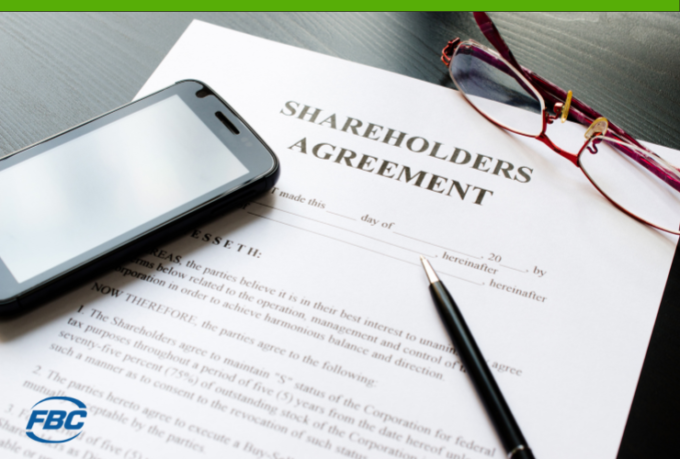Shareholder loans represent the balance of funds you have contributed to the corporation. Corporations allow shareholders to withdraw money via salary, dividends, management fees, and shareholder loans.
This article aims to illustrate the concept of shareholders loan in simple terms.
Understanding Shareholder Loan

Source: fbc.ca
There are several ways to withdraw money from a corporation. Each has its benefits and tax implications. If you are considering taking a shareholder loan, you must understand each factor.
Subsection 15(2) of the Canadian Income Tax Act outlines the guidelines for these shareholder loans. With shareholder loans, shareholders can borrow money from a corporation and pay it back later. Salary and dividend payments, which do not require repayment, differ from this withdrawal method.
Shareholder Loans: Who is eligible?
The following entities qualify for withdrawals from corporations under Section 15(2):
Corporation shareholders – Who own shares of the corporation. Canadian corporations and partnerships consisting entirely of Canadian corporations are excluded.
Connected to a corporation’s shareholders – Those connected to the shareholder, such as their spouse or another family member, are included in this category. Foreign affiliates of the corporation are excluded.
Partners or beneficiaries of trusts of corporation’s shareholder – Who are partners or trustees with the one who holds shares in a corporation.
Exemptions From Income Inclusion

Source: littleleague.org
In Subsection 15(2), many exemptions would allow people to avoid claiming the loans as income. Among these exemptions are the following:
Purchase of a dwelling – According to section 15(2.4b), employee shareholders, their spouses, or common-law partners may take out a loan to purchase a dwelling or stock in a cooperative housing corporation to occupy one of the company-owned apartments.
Employee shareholders – According to subsection 15(2.4a), shareholders who are employees of the company may take a loan for any reason without the loan amount affecting their taxable income.
Stock purchase – By paragraph 15(2.4c), employees may use the loan to purchase additional company stock.
The future tax benefits of shareholder loans

Source: fundera.com
A shareholder loan can be used to reap other tax benefits if leveraged strategically in addition to being tax-free. Your taxable income will be reduced if you make payments on a past-due loan during that year. Paying back the loan later can reduce your tax liability at a greater rate if you expect an increase in taxes.
A student, for instance, takes a shareholder loan to cover living expenses while attending university. The income he receives from his part-time jobs is limited because he is still a student. If his marginal tax rate is low, he can choose not to repay the loan and pay the tax. Once he has graduated and secured a higher-paying job, he could pay off the loan. Since loan payments are tax deductible, tax savings would exceed the original tax amount.
Are you looking for expert help?
Taking out a shareholder loan can be daunting, so let WTC help. We provide comprehensive bookkeeping, payroll, and tax services to businesses and individuals throughout Canada. With our help, you’ll be able to make confident financial decisions.

